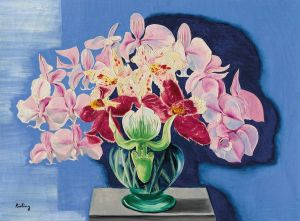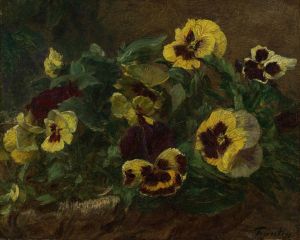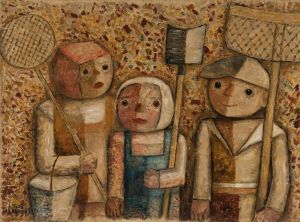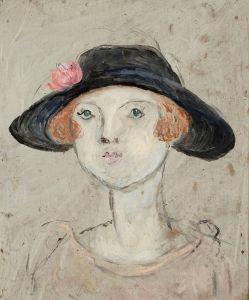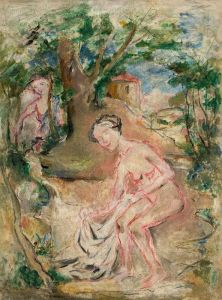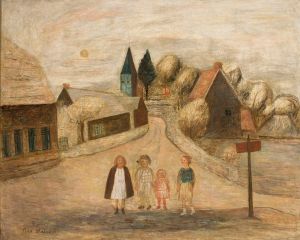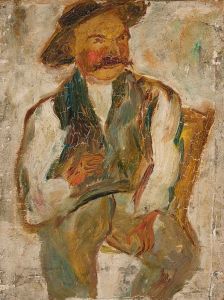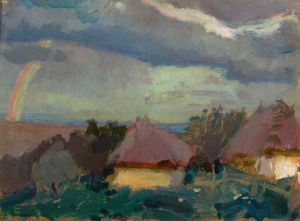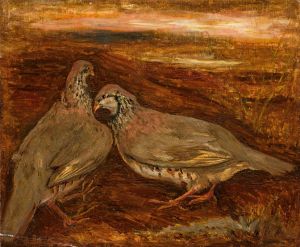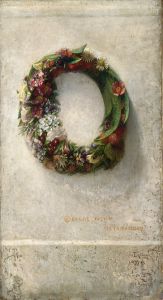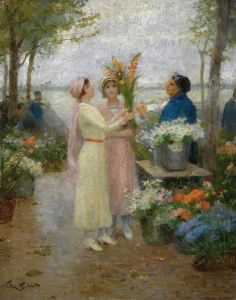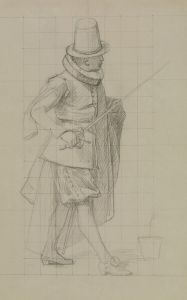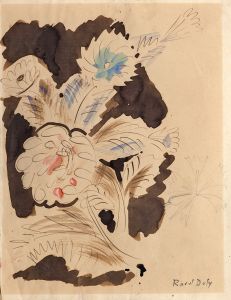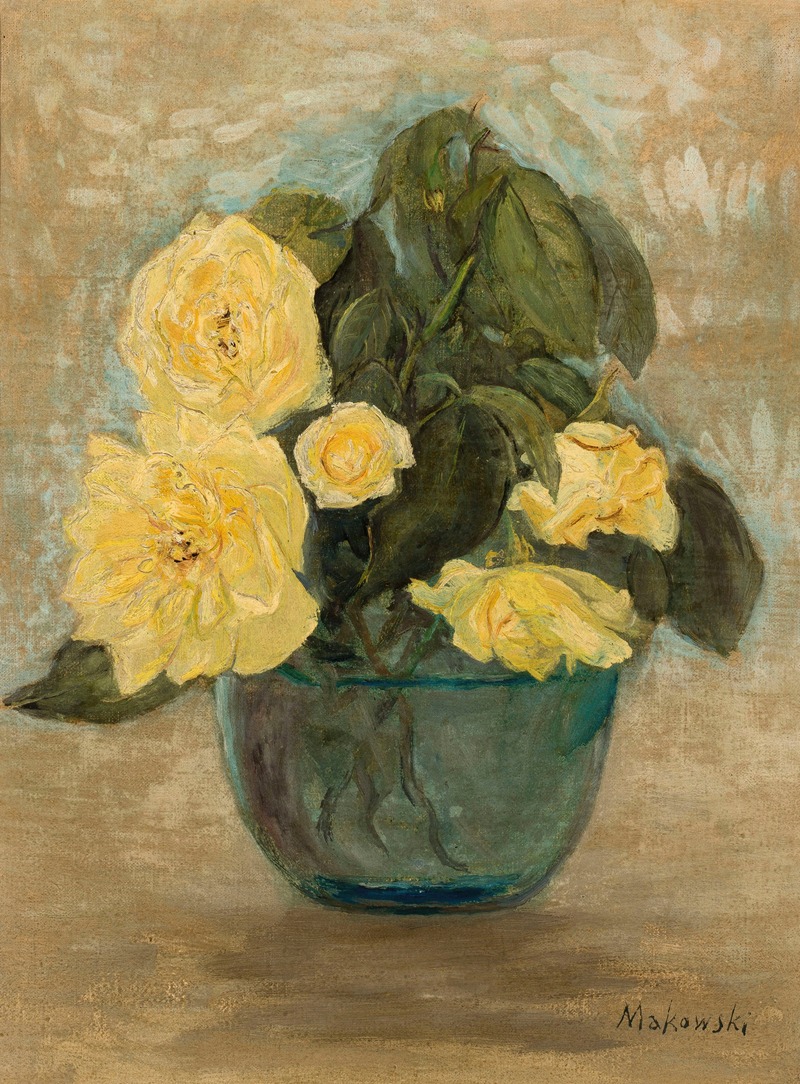
Żółte róże
A hand-painted replica of Tadeusz Makowski’s masterpiece Żółte róże, meticulously crafted by professional artists to capture the true essence of the original. Each piece is created with museum-quality canvas and rare mineral pigments, carefully painted by experienced artists with delicate brushstrokes and rich, layered colors to perfectly recreate the texture of the original artwork. Unlike machine-printed reproductions, this hand-painted version brings the painting to life, infused with the artist’s emotions and skill in every stroke. Whether for personal collection or home decoration, it instantly elevates the artistic atmosphere of any space.
Tadeusz Makowski was a Polish painter known for his unique style that often combined elements of folk art with modernist influences. Born in 1882 in Oświęcim, Poland, Makowski initially studied classical philology at the Jagiellonian University in Kraków before turning to art. He later attended the Academy of Fine Arts in Kraków, where he studied under the guidance of Józef Mehoffer and Jan Stanisławski, two prominent figures in Polish art. Makowski's early works were influenced by the Young Poland movement, which emphasized symbolism and a return to folk traditions.
In 1908, Makowski moved to Paris, a city that was at the time a vibrant hub for artists from all over the world. There, he became acquainted with various avant-garde movements, including Cubism, which had a significant impact on his artistic development. Despite the influence of these modernist trends, Makowski maintained a distinct style characterized by simplicity and a focus on the essence of his subjects. His works often depicted children, landscapes, and still lifes, rendered in a manner that combined geometric forms with a sense of whimsy and innocence.
"Żółte róże" (Yellow Roses) is one of Makowski's notable works, although specific details about the painting, such as its creation date or current location, are not widely documented. The painting is a still life, a genre that Makowski frequently explored throughout his career. In "Żółte róże," Makowski employs his characteristic style, using simplified forms and a muted color palette to convey the delicate beauty of the roses. The composition reflects his interest in capturing the essence of his subjects rather than focusing on realistic representation.
Makowski's approach to art was deeply personal, often reflecting his introspective nature and his fascination with the innocence of childhood. This is evident in "Żółte róże," where the simplicity of the composition invites viewers to appreciate the subtle beauty of everyday objects. The painting exemplifies Makowski's ability to transform ordinary subjects into works of art that evoke a sense of wonder and nostalgia.
Throughout his career, Makowski exhibited his works in various exhibitions in France and Poland, gaining recognition for his unique artistic vision. Despite spending much of his life in France, he remained connected to his Polish roots, often drawing inspiration from Polish folklore and traditions. His works are now part of several public and private collections, and he is regarded as one of Poland's significant modernist painters.
Tadeusz Makowski passed away in 1932 in Paris, leaving behind a legacy of artworks that continue to be celebrated for their originality and emotional depth. His paintings, including "Żółte róże," remain a testament to his ability to blend modernist techniques with a timeless appreciation for the simple joys of life.





